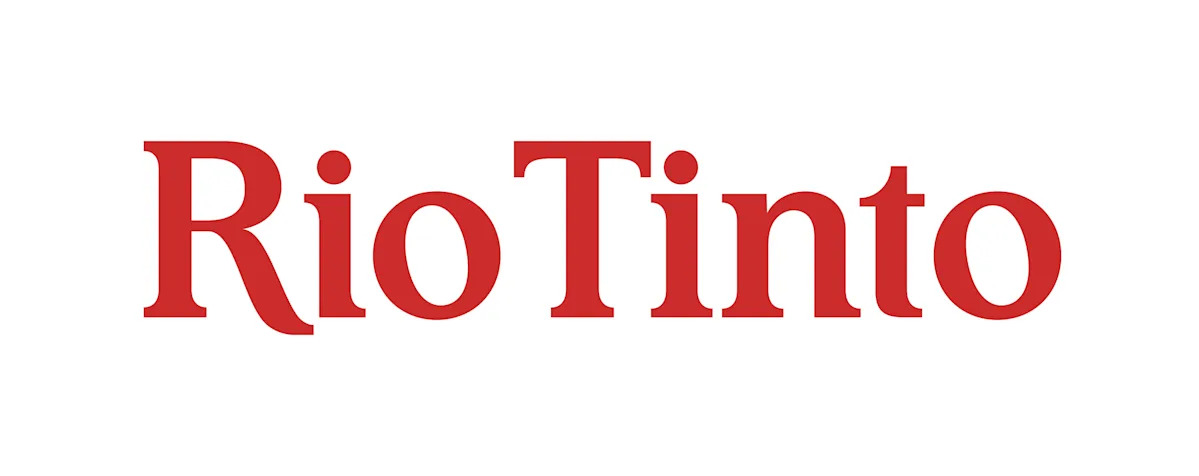U.S. Producer Prices Rise 2.6%, Inflation Remains Mild

Producer Price Trends and Key Metrics
In April, U.S. wholesale prices saw a modest 0.1% increase following a 0.2% decline in March, according to the Labor Department. This reflects a stabilization in producer price trends, providing some relief to concerns about inflationary pressures. Over the 12-month period ending in April, the Producer Price Index (PPI) rose by 2.6%, aligning closely with prior months’ figures.
Core producer prices, which exclude volatile food and energy components, maintained a steady annual growth rate of 3%. On a monthly basis, core prices also rose by 0.1%. These figures suggest a relatively stable inflation environment at the producer level, despite fluctuations in specific categories like food and energy. Notably, food prices edged up 0.1% after dropping by 0.9% the previous month, while energy prices remained unchanged overall.
Tariffs and Inflation Outlook
The potential for inflationary pressures to rise later in the year remains a point of concern, particularly due to the impact of tariffs introduced in recent years. Tariffs on imports, including steel and aluminum, could eventually filter into higher consumer prices as importers pass on increased costs. Economists anticipate that these factors may lead to a gradual pickup in inflation in the coming months.
The Federal Reserve has adopted a cautious approach in response to these dynamics. While inflation has moderated since its peak in 2022, the central bank continues to monitor the impact of trade policies and broader economic conditions. This measured stance suggests that the Fed is unlikely to make significant changes to its benchmark interest rates in the near term. For now, the focus remains on maintaining stability while assessing the longer-term implications of tariff-induced price pressures.
 Sources
Sources- producer prices rise modest 2.6% inflationary pressures mild
 yahoo
yahoo - producer prices rebound expected
 yahoo
yahoo - Producer Inflation Rises Forecasts May, Jobless Claims Signal Labor Market Cracks (UPDATED) Producer
 benzinga
benzinga
Top News
Related Articles
- producer prices rise modest 2.6% inflationary pressures mild
 yahoo
yahoo - producer prices rebound expected
 yahoo
yahoo - Producer Inflation Rises Forecasts May, Jobless Claims Signal Labor Market Cracks (UPDATED) Producer
 benzinga
benzinga
People Also Watch




















